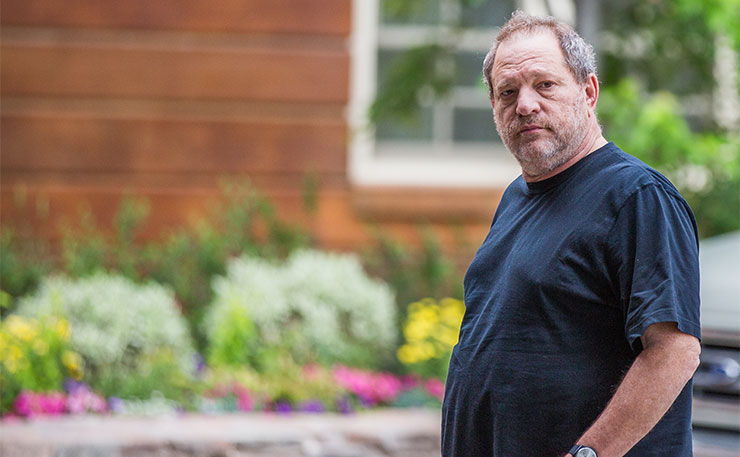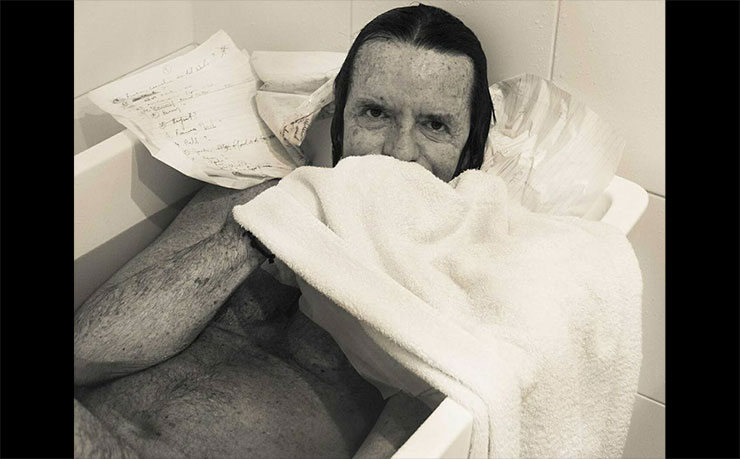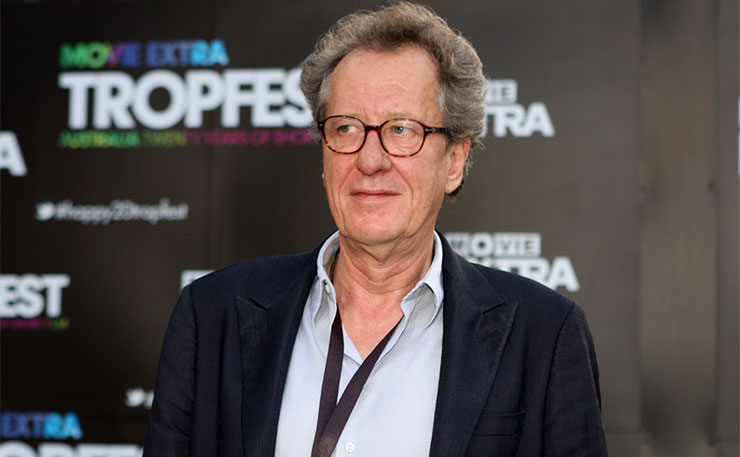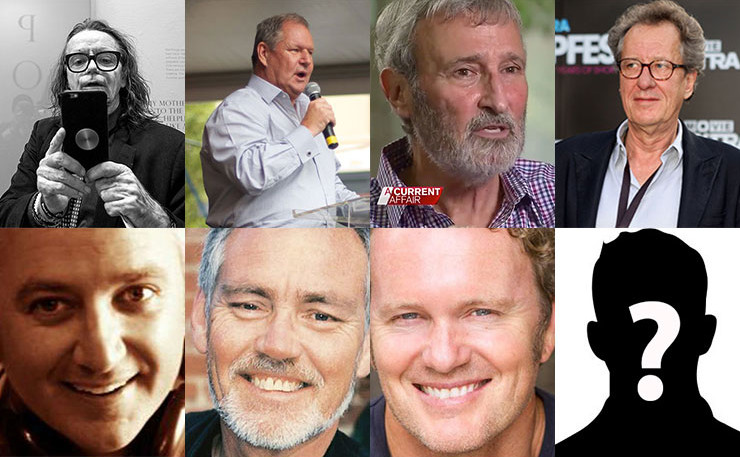With fresh allegations of Australian men behaving badly, defamation law expert Hannah Marshall from Marque Lawyers explains what defamation is, and how it can be defended. And sometimes can’t be.
A new day, a new sexual harassment revelation, and a new set of well-worked defamation lawyers (disclosure: including us, for NM). Weinstein, Waterstreet, Burke, Rush, McLachlan, and the rest; they’ve all been defamed. The real question is whether the defamation is defensible. Enter the lawyers.
The first, best defence to a defamation claim is truth. If you can prove the truth of a defamatory article, then you win. Nothing else comes into it. The kind of truth we’re talking about is what you can prove in court.

In a lot of the sexual harassment stories, it’s one person’s word against another’s. In court, the judge or jury has to decide who is more believable. That means you don’t know for certain whether they will believe your side of the story before you publish.
The lawyers have to figure out whether you can get better evidence than just one person’s word. Even with a credible witness, that’s always a risky position. At the very least, you’d want them to agree to give evidence in Court. Then to improve things, your source can give you a detailed, even sworn, statement before you publish. They can also provide any other documents that help support their version of events; emails, phone messages, photos etc. Any evidence that the victim raised a complaint (to police, employers, even family or friends) immediately or soon after the alleged incident, is extremely valuable.
So for example in the Waterstreet story, Tina Huang provided a sworn statement detailing her experience, along with a bunch of contemporaneous emails and other messages supporting her statement. Later, when a copy of the video she was shown emerged, she provided a further sworn statement confirming that was the video that she was shown.

A separate witness identified Waterstreet as the man in the video. Where the investigation started with the word of a single witness, it ended up being supported by sworn statements, documentary evidence, a record of the video Tina was shown, and statements from additional witnesses.
In the McLachlan story there are multiple witnesses, including alleged victims and others, detailed allegations, and police reports have been filed. On its face, that’s a pretty substantial body of evidence that could be used to defend a defamation case.
The Rush case is a bit different. The leading stories relied primarily on the Sydney Theatre Company confirming it had received a complaint that Rush had engaged in inappropriate behaviour. The Daily Telegraph did not name the alleged victim and the allegations remained vague. Supporting statements go only as far as saying that they believed the victim. They don’t actually corroborate the allegations.

None of that’s to say that the Tele article isn’t true, but rather that it doesn’t look like its evidence to defend a claim would be as strong as, say, in the McLachlan case.
There is precedent for mighty failures to prove truth in a case with similar allegations. Almost 20 years ago, lawyer John Marsden sued Channel 7 over accusations that he had sex with underage boys. Channel 7 ran a truth defence, with multiple alleged victims claiming to have had sex with Marsden while under 18. They had no corroboration, and none of the witnesses held up in court.
One witness claimed he had sex with Marsden when he was 14, and remembered that while he was at Marsden’s house for the encounter, a woman delivered a donkey in a horse truck. The donkey part of the story was true; it was a birthday gift to Marsden. His lawyers produced a dated receipt, showing that when the donkey was purchased the witness was over 18, and not 14 as claimed. Another witness said he was 15 at the time, and recalled seeing Centrepoint Tower from a window in Marsden’s house. Problem was, the tower hadn’t been built then.
One by one, the witnesses were discredited. Channel 7’s truth defence failed. It lost the case and copped what was then the biggest defamation payout in Australian history. This shows the immense risk involved in relying on a witness’s word alone.
For all of the sexual misconduct allegations emerging now, publishers and their lawyers have to assume there will be a challenge to the story and decide whether they have enough evidence to defend a defamation claim.
It is, as they say, a minefield.
Donate To New Matilda
New Matilda is a small, independent media outlet. We survive through reader contributions, and never losing a lawsuit. If you got something from this article, giving something back helps us to continue speaking truth to power. Every little bit counts.




